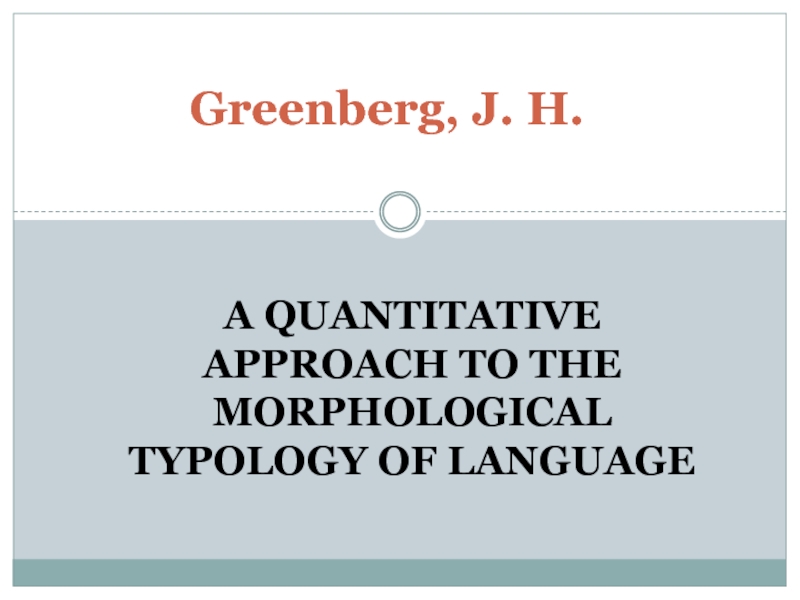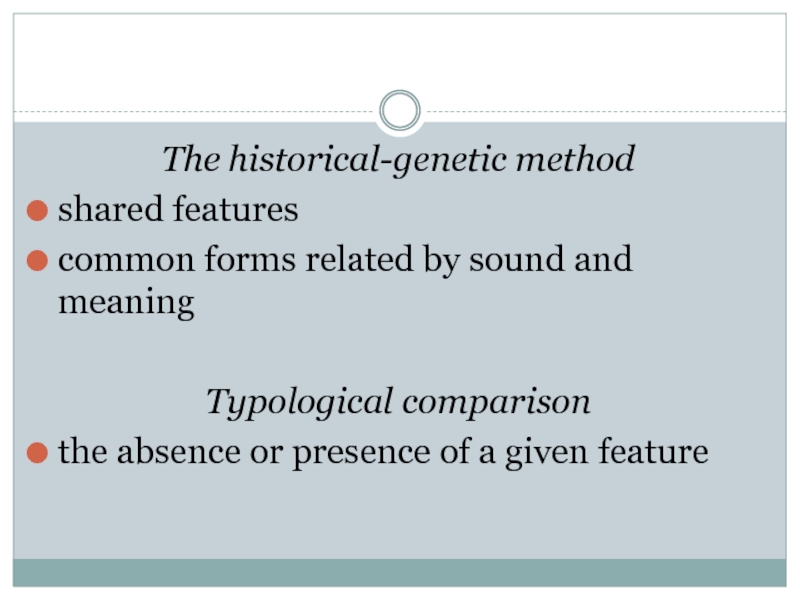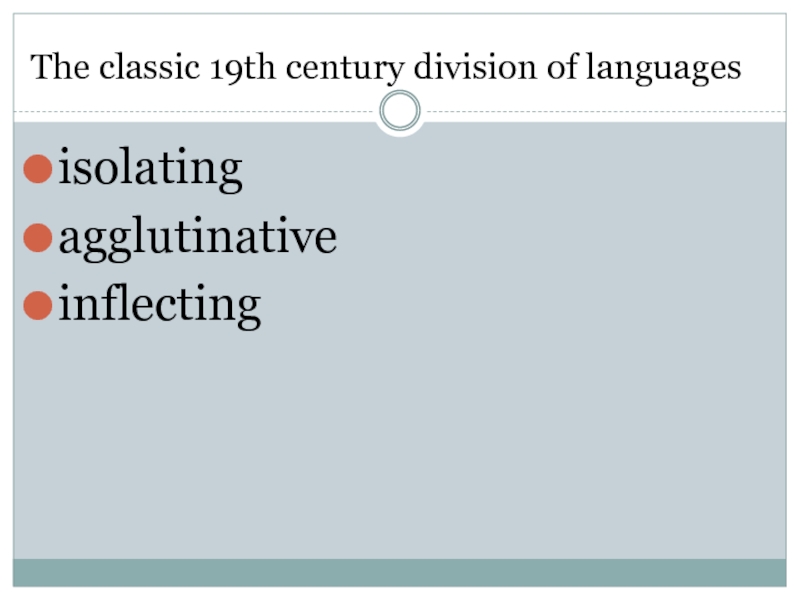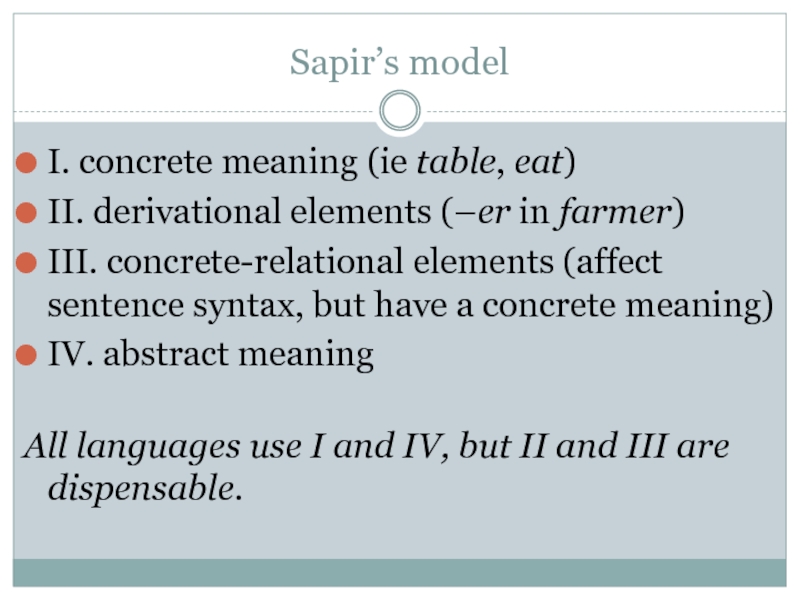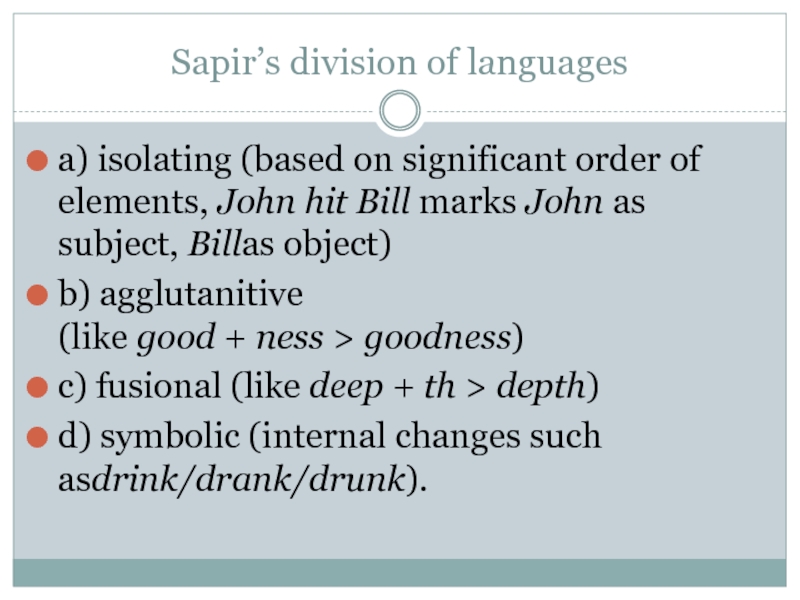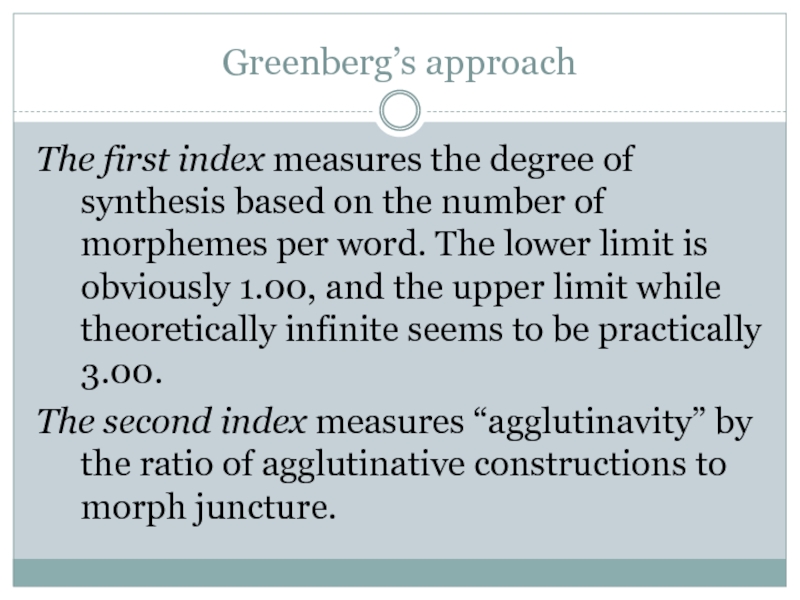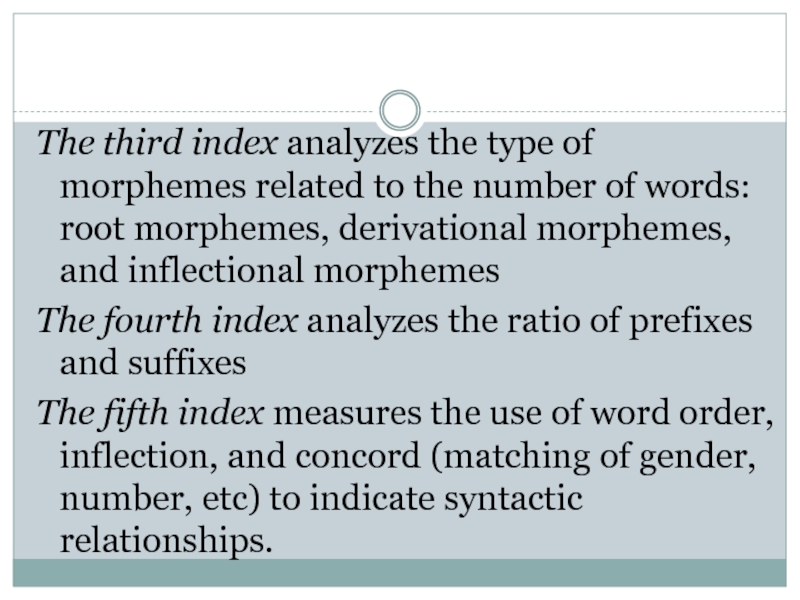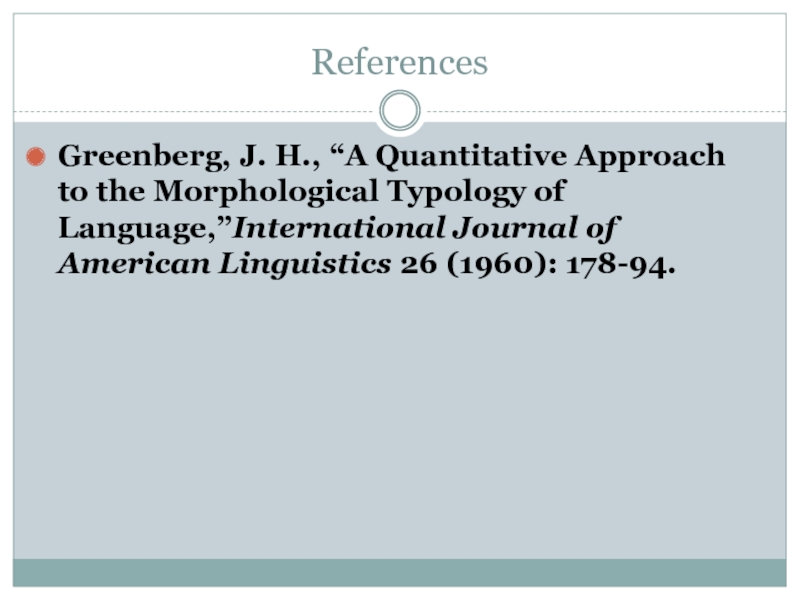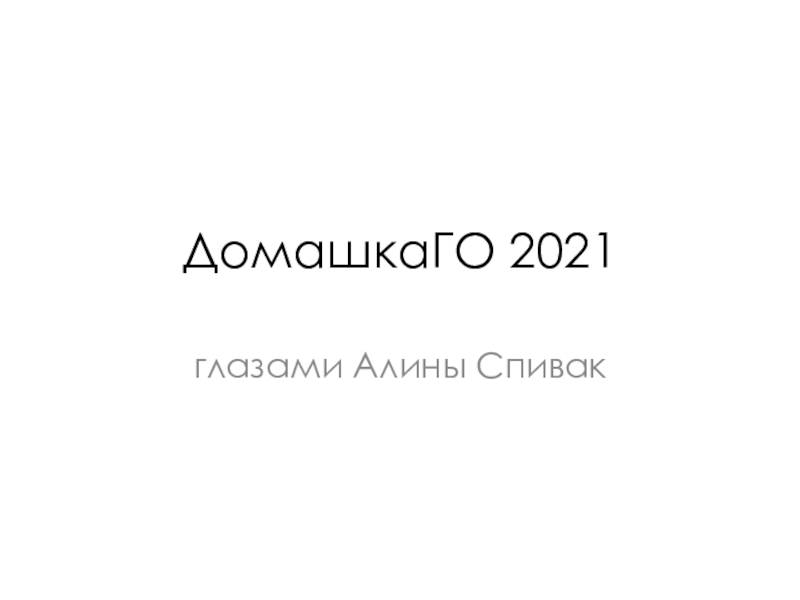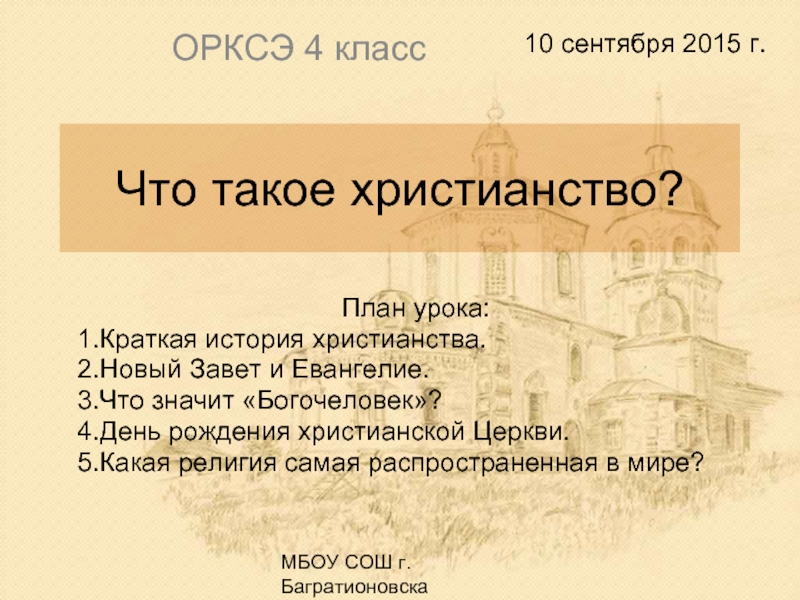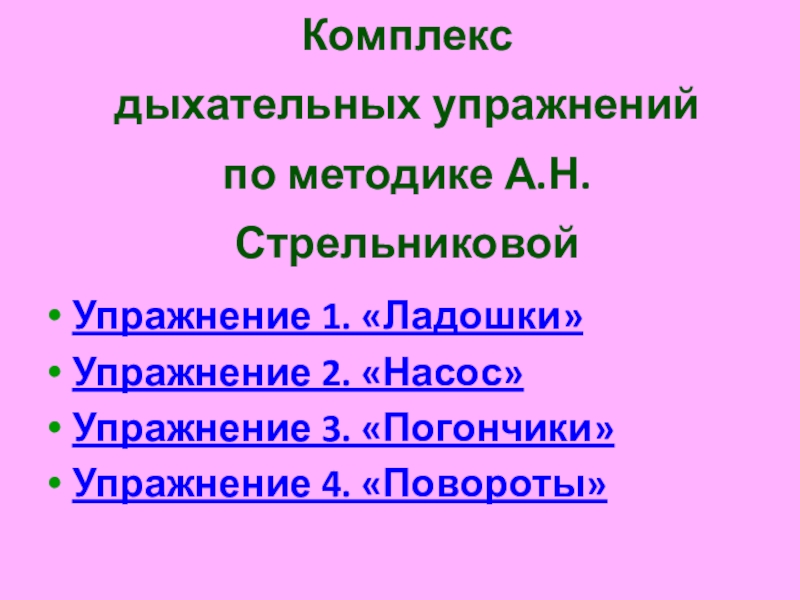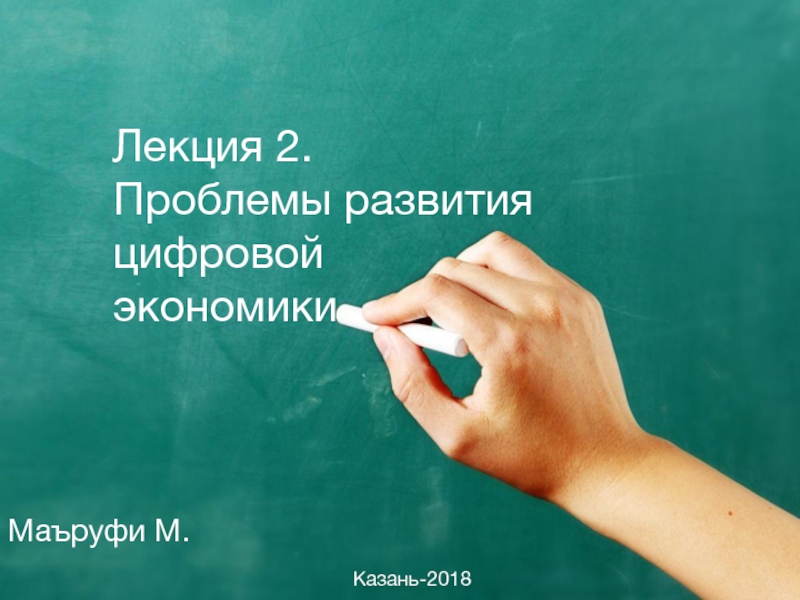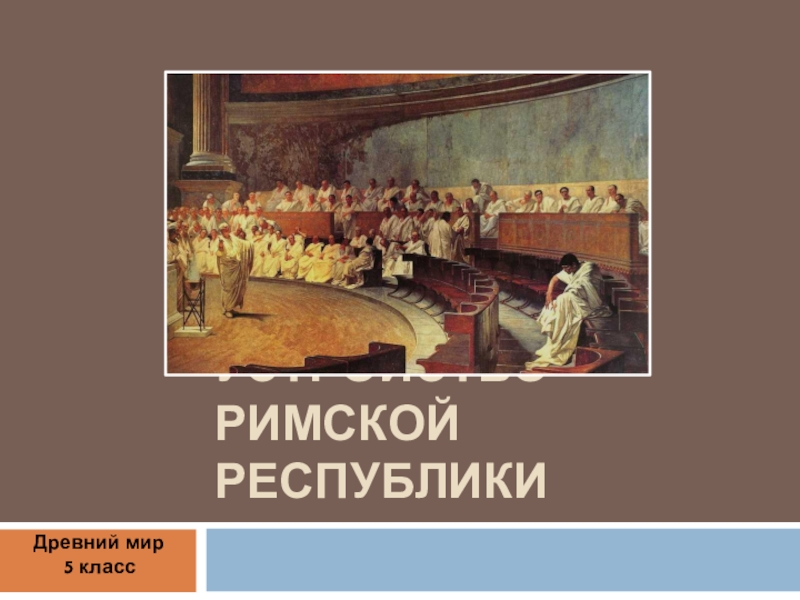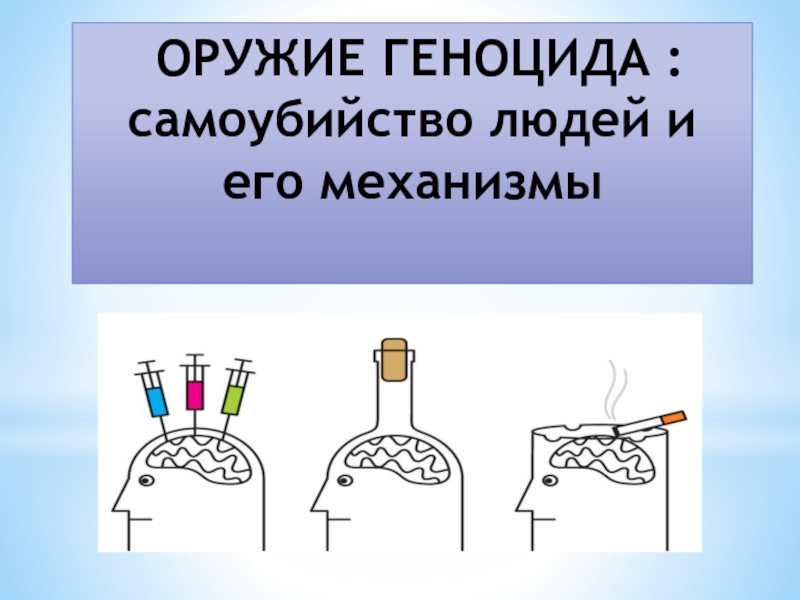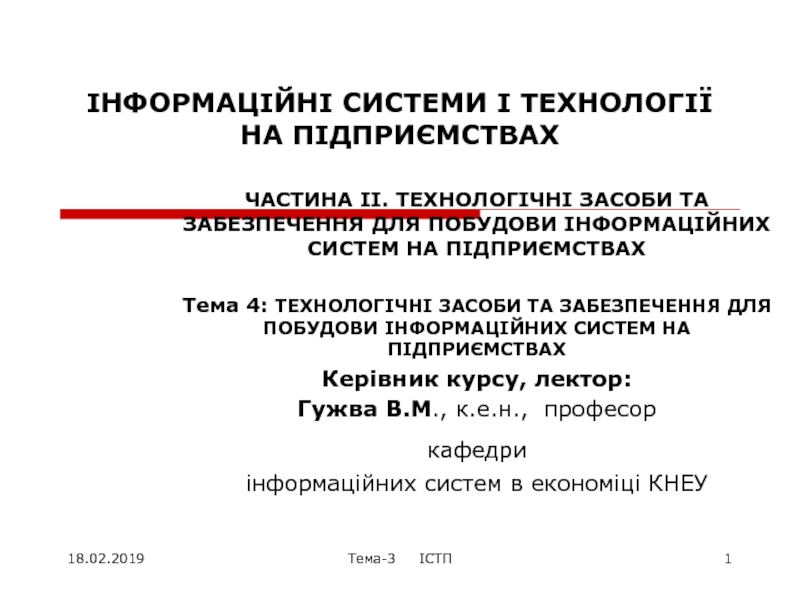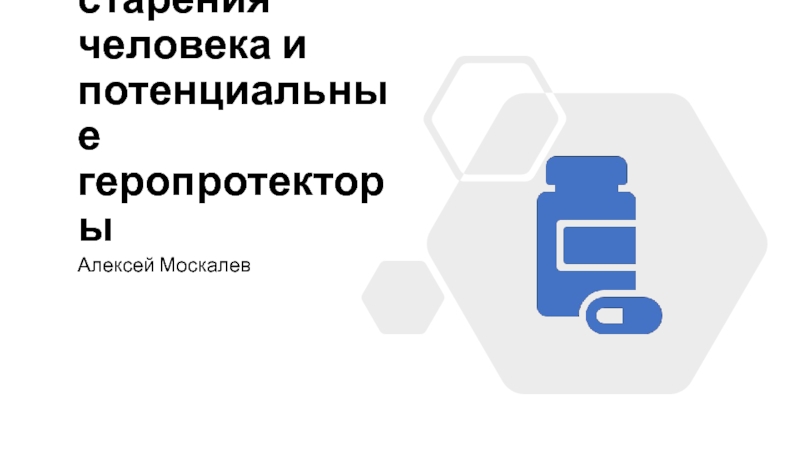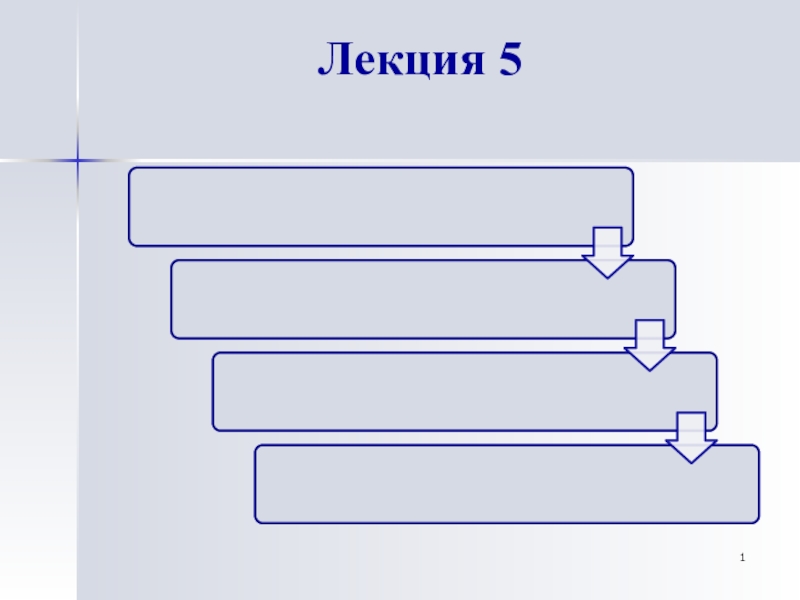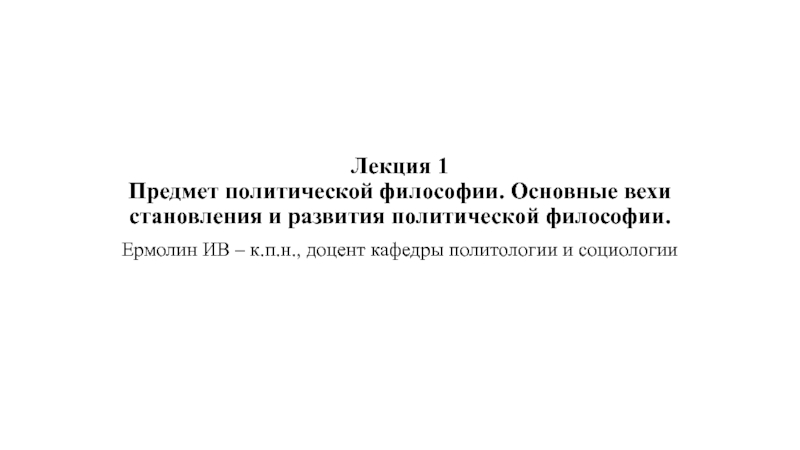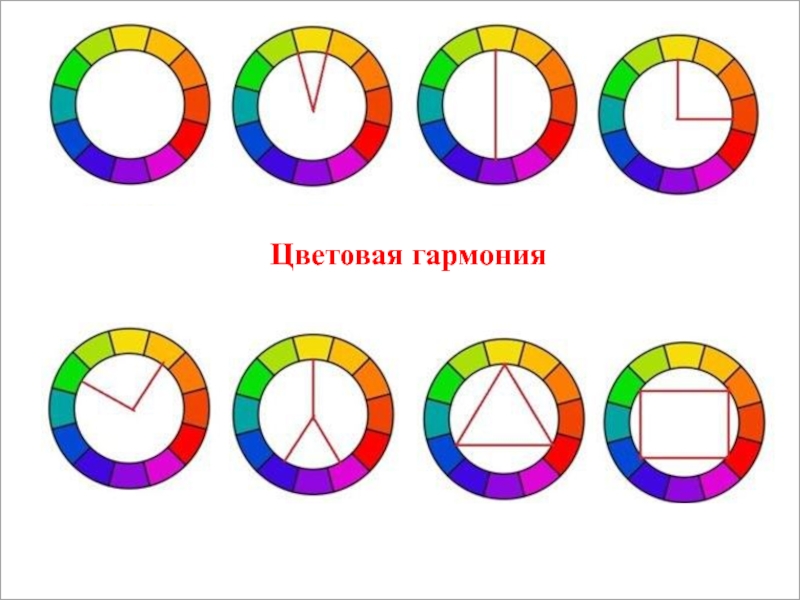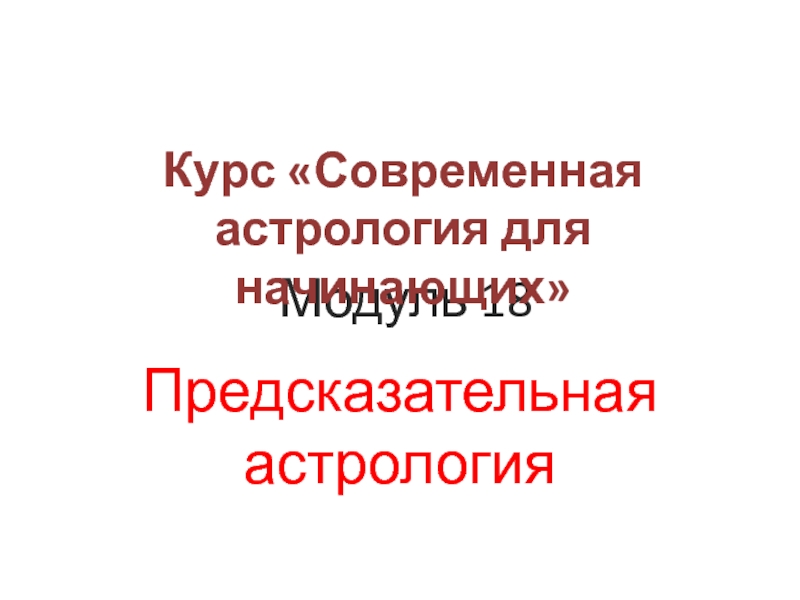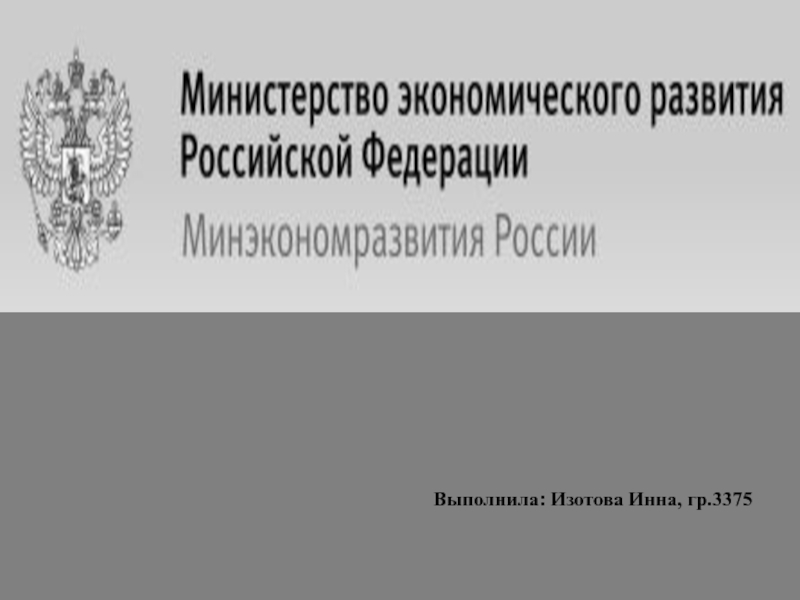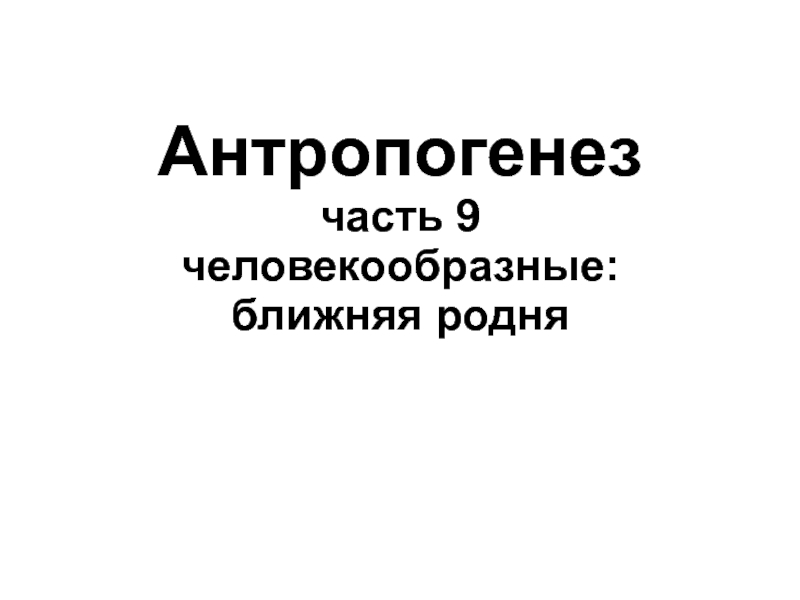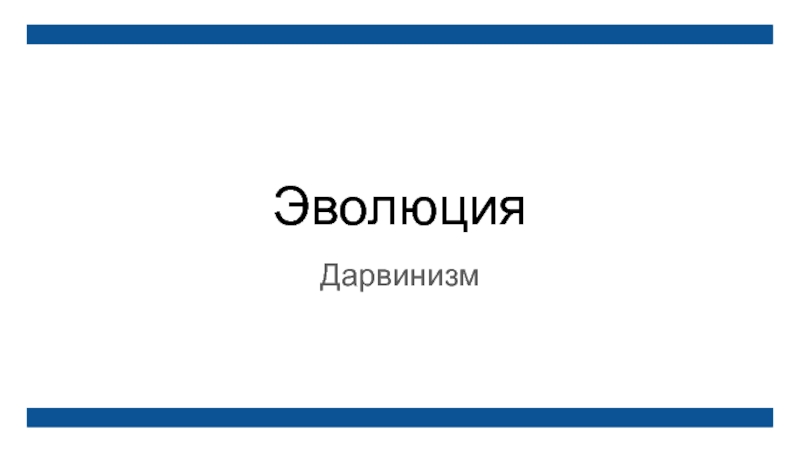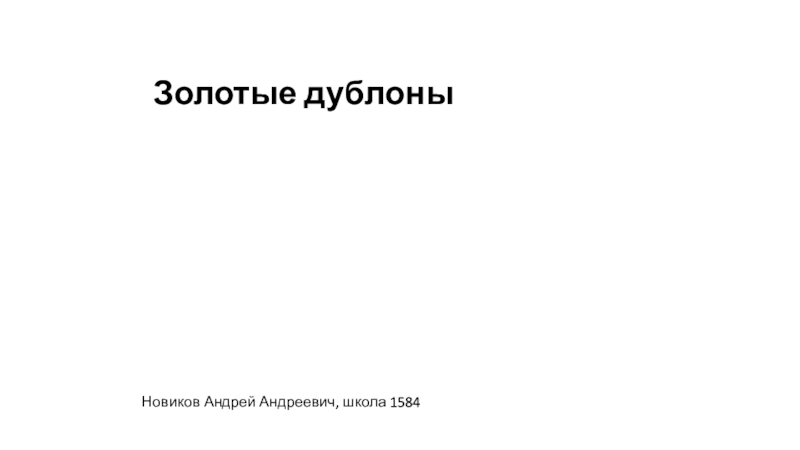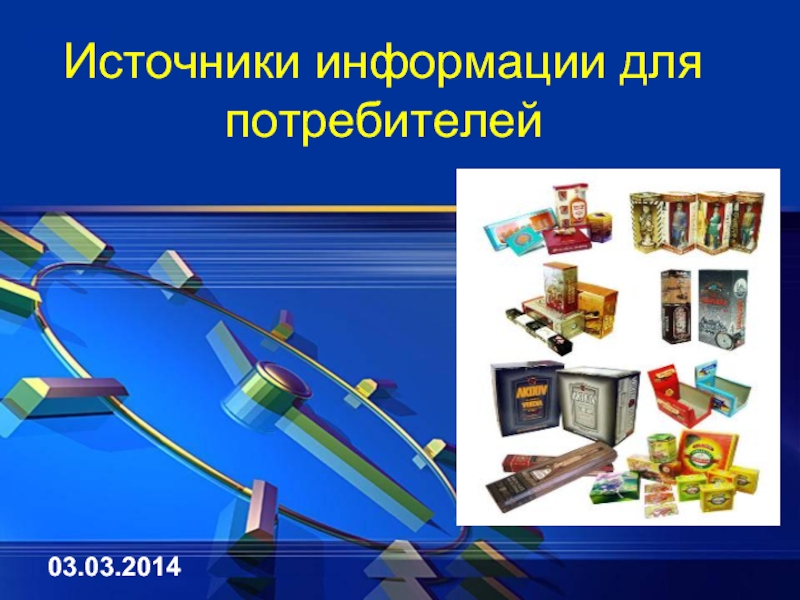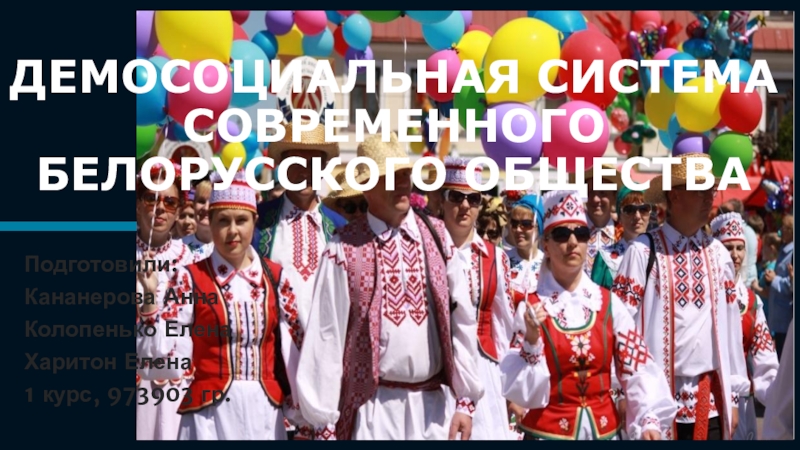Разделы презентаций
- Разное
- Английский язык
- Астрономия
- Алгебра
- Биология
- География
- Геометрия
- Детские презентации
- Информатика
- История
- Литература
- Математика
- Медицина
- Менеджмент
- Музыка
- МХК
- Немецкий язык
- ОБЖ
- Обществознание
- Окружающий мир
- Педагогика
- Русский язык
- Технология
- Физика
- Философия
- Химия
- Шаблоны, картинки для презентаций
- Экология
- Экономика
- Юриспруденция
Greenberg, J. H
Содержание
- 1. Greenberg, J. H
- 2. The historical-genetic methodshared featurescommon forms related by
- 3. The classic 19th century division of languagesisolatingagglutinativeinflecting
- 4. Sapir’s modelI. concrete meaning (ie table, eat) II. derivational
- 5. Sapir’s division of languagesa) isolating (based on
- 6. Greenberg’s approachThe first index measures the degree
- 7. The third index analyzes the type of
- 8. ReferencesGreenberg, J. H., “A Quantitative Approach to
- 9. Скачать презентанцию
The historical-genetic methodshared featurescommon forms related by sound and meaningTypological comparison the absence or presence of a given feature
Слайды и текст этой презентации
Слайд 2The historical-genetic method
shared features
common forms related by sound and meaning
Typological
comparison
the absence or presence of a given feature
Слайд 4Sapir’s model
I. concrete meaning (ie table, eat)
II. derivational elements (–er in farmer)
III.
concrete-relational elements (affect sentence syntax, but have a concrete meaning)
IV.
abstract meaningAll languages use I and IV, but II and III are dispensable.
Слайд 5Sapir’s division of languages
a) isolating (based on significant order of
elements, John hit Bill marks John as subject, Billas object)
b) agglutanitive (like good + ness > goodness)
c) fusional (like deep + th > depth)
d) symbolic (internal changes such asdrink/drank/drunk).
Слайд 6Greenberg’s approach
The first index measures the degree of synthesis based
on the number of morphemes per word. The lower limit
is obviously 1.00, and the upper limit while theoretically infinite seems to be practically 3.00.The second index measures “agglutinavity” by the ratio of agglutinative constructions to morph juncture.
Слайд 7The third index analyzes the type of morphemes related to
the number of words: root morphemes, derivational morphemes, and inflectional
morphemesThe fourth index analyzes the ratio of prefixes and suffixes
The fifth index measures the use of word order, inflection, and concord (matching of gender, number, etc) to indicate syntactic relationships.
